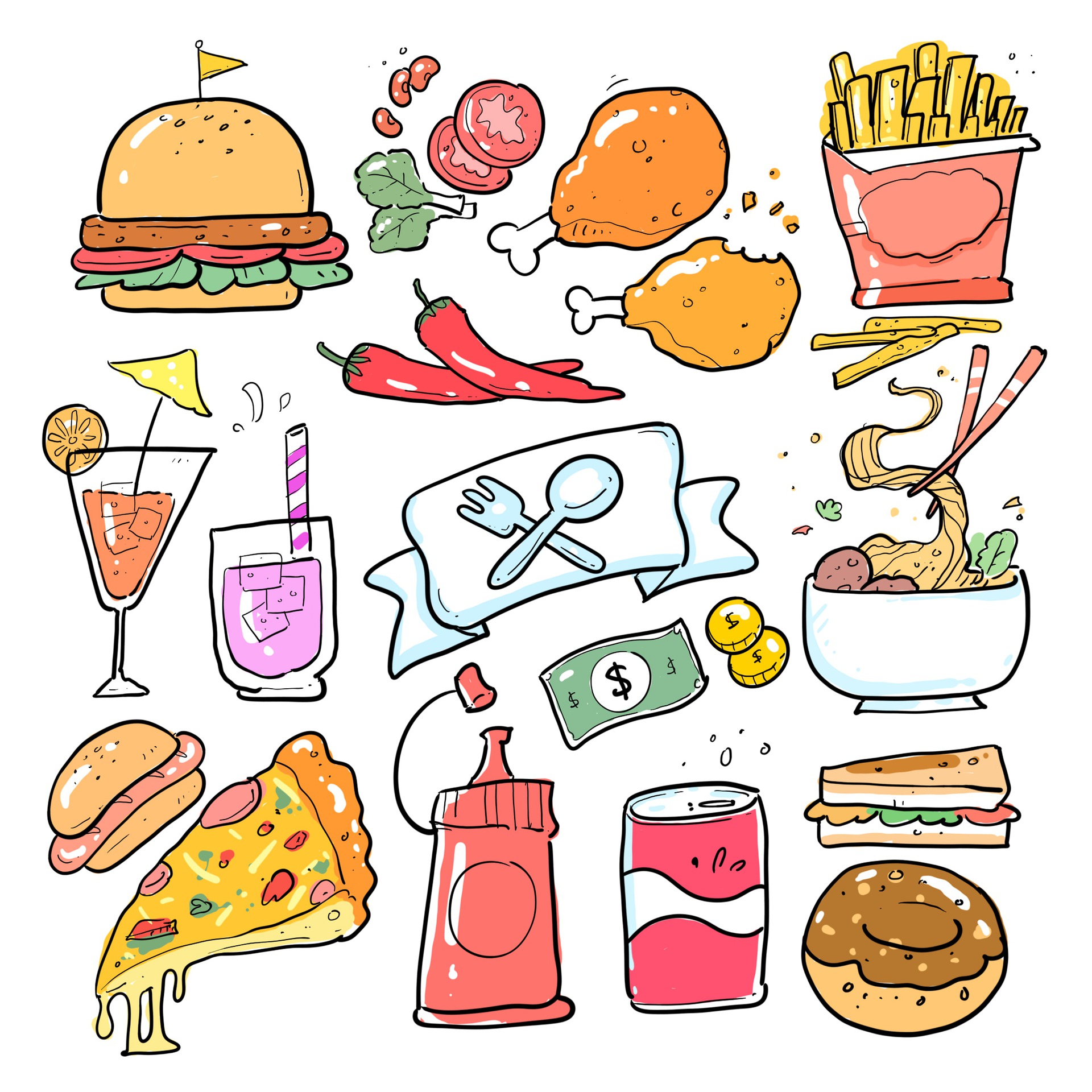REFLUJO LARINGOFARÍNGEO ~ REFLUJO SILENCIOSO
Por Karen Sheffler, MS, CCC-SLP, BCS-S de SwallowStudy.com
REFLUJO SILENCIOSO (PDF VERSION)

Líquidos y alimentos que pueden causar reflujo y dañar su esófago, su garganta, y su laringe (buzón de voz) –> Lea más sobre: REFLUJO LARINGOFARÍNGEO (REFLUJO SILENCIOSO)
Introducción al Reflujo
El reflujo ocurre cuando el jugo gástrico fluye hacia arriba dentro del esófago (el tubo que lleva la comida al estómago). Esa es una enfermedad llamada reflujo gastroesofágico (RGE / o GERD en inglés). El músculo que conecta el esófago con el estómago puede relajarse en los momentos incorrectos.
También, el reflujo del jugo gástrico puede subir más alto a la laringe (buzón de voz) y al faríngeo (la garganta). Cuando esto pasa, se llama el reflujo laringofaríngeo (RLF / LPR). Los signos y síntomas del reflujo pueden ser silenciosos. No todas las personas con RLF/LPR tienen acidez gástrica o indigestión.
El jugo gástrico contiene ácido y enzimas especiales que desintegran los alimientos. El estómago tiene un revestimiento especial que puede resistir el ácido y las enzimas digestivas, pero el esófago y la garganta no lo tienen. El jugo gástrico puede dañar el esófago y la garganta. Las áreas pueden estar inflamadas o rojas.
Signos y síntomas del reflujo silencioso
- Ronquera crónica
- Aclarar la garganta
- Tos crónica (tos durante la noche o respiración difícil)
- La sensación de un nudo en la garganta
- Dolor de la garganta o dificultad tragando
- Secreción de la naríz y la garganta
- La comida se queda pegada en la garganta o en el esófago
- Episodios de sensación de “asfixia” o de “ahogo”
Consejos para reducir el reflujo
- Tome sus medicamentos para el reflujo 30-45 minutos antes de comer el desayuno. Si usted tiene que tomar los medicamentos dos veces por día, asegúrese que los tome 30-40 minutos antes de la cena.
- Un apoyo o calce debajo de la cabeza/cabecera (calce/almohada antireflujo – en inglés: “medical wedge pillow” o “bed risers”). Use solamente 1 almohada para su cabeza.

- No se acueste después de comer. Coma al menos 90 minutos antes de acostarse y antes de hacer ejercicio. Si su reflujo es serio/grave, no coma dentro de las 2-3 horas antes de acostarse.
- No coma excesivamente. Coma platos/comidas más pequeños.
- Hable con su médico sobre la pérdida de peso
- Use ropa suelta alrededor de su cintura
- Reduzca el estrés. El estrés puede causar más reflujo
Costumbres, comida y bebidas pueden relajar el músculo
- Consuma una dieta baja en grasa. Evite las comidas fritas.
- Evite los alimentos picantes y ácidos (limón, tomate, naranja)
- Evite la cafeína, especialmente el café, el té, y las bebidas gaseosas.
- Limite el chocolate que contiene cafeína.
- Limite la cebolla, el ají, y el ajo
- Evite la menta y la hierbabuena
- Evite las bebidas alcóholicas
- Si usted fuma, hable con su médico sobre ayuda para dejar de fumar.
CLIC AQUÍ PARA PDF – REFLUJO SILENCIOSO
*******
Creado por SwallowStudy.com con la referencia en Español:
https://healthonline.washington.edu/sites/default/files/record_pdfs/Silent_Reflux_SP_8_10.pdf
*******
For healthcare providers & speech-language pathologists (SLPs)
Reflux is so common, and many speech-language pathologists who evaluate voice and swallowing need good educational materials for when they suspect laryngopharyngeal reflux (aka, silent reflux). I hope this detailed Spanish version is helpful. I made it with the help of my colleague Ana Garito White, the Spanish version of the silent reflux handout noted above, as well as many of my own additions, which were doubly edited by my bilingual son and his Spanish teacher.
We have been finding in our hospital’s outpatient swallowing clinic that reflux education is crucial. We had great education material in English, but handouts in Spanish are so necessary.
Many people receiving a videofluoroscopic swallow study/VFSS – aka, modified barium swallow study/MBSS or a fiberoptic endoscopic evaluation of swallowing/FEES have shared fears of swallowing due to feeling a lump in the throat and/or a choking sensation. Sometimes our instrumental examinations does not find or suspect any other structural or physiological causes for these sensations. Laryngopharyngeal reflux may affect the individual’s quality of life and nutritional intake. The speech-language pathologist can initiate this reflux education if reflux is suspected, while also referring to other specialists for further evaluations, to make a diagnosis, and to continue treatment options (e.g., otolaryngologists and gastroenterologists). Once a diagnosis is made, the SLP can take the time with the person to further analyze their intake, habits, and multi-factorial factors that may be contributing to the reflux. Voice and swallowing specialists can play a critical role in reducing reflux and improving the person’s voice and swallowing.
Again, here is the pdf version, REFLUJO SILENCIOSO, which has check-off boxes to customize the handout as needed. You can also add your company’s/clinic’s/hospital’s name to the top of the handout.
See more Spanish Resources here.
Read more about Reflux here.
To my fellow bilingual healthcare providers, please feel free to contact me if you have a translated handout you would like me to share with the public.
Thank you!
Gracias

